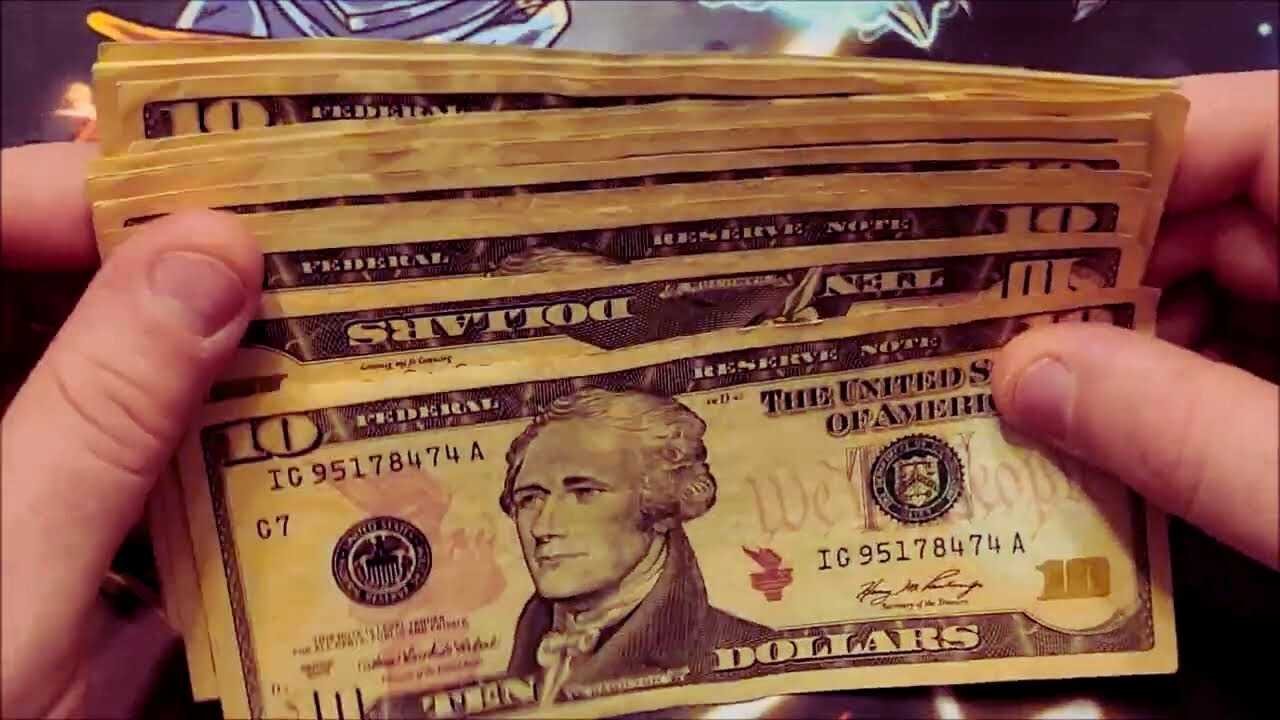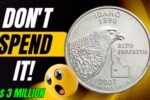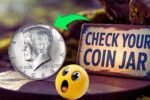Everyday Cash Turns Into Treasure
For most people, a $10 bill is just a simple piece of paper used to buy groceries, fuel, or maybe lunch at a diner. But last week, a common $10 bill from 2013 made headlines in Atlanta, Georgia, for being anything but ordinary. The rare find, pulled from a wallet during a regular coffee stop, turned out to be worth over $50,000 because of a printing mistake.
Samuel Pierce, a school teacher, discovered the valuable note as he paid for his morning coffee at a neighborhood café. While counting his change, he noticed odd green smears at the top corner of the bill. Instead of tossing it aside, his curiosity led him to search the markings online—and soon he realized he was holding a potential jackpot.
What Makes the Bill So Valuable?
After carefully placing the $10 bill in a plastic sleeve, Samuel visited a local currency expert. The expert explained that the ink on the bill was spread in a unique way that printers rarely create. When printing U.S. dollars, special machines layer each color carefully. Sometimes though, a slip-up at the factory leads to too much ink or ink in the wrong place, making these bills valuable to collectors.
Most error bills only have small mistakes and are worth just a bit more than their printed value. But a few get much higher price tags, especially when the errors are very clear or the runs are extremely limited. In Samuel’s case, the expert said the visible ink smudge covered an important part of the design and the rest of the bill was left untouched, which is exactly what serious collectors want.
How Rare Are Ink Error Bills?
The U.S. Bureau of Engraving and Printing prints billions of dollars every year. Out of that, only a handful of serious ink errors ever make it to the public. Most errors get caught before they leave the print line.
Here’s a look at how currency error value can range:
| Error Type | Frequency | Average Value |
|---|---|---|
| Off-center print | Uncommon | $50–$500 |
| Minor ink smudge | Rare | $100–$1,000 |
| Major ink misprint | Very Rare | $10,000+ |
Samuel’s bill is considered a major ink misprint because the green ink was spilled on one side in a thick line, but the bill is otherwise clean and crisp.
New Interest in Everyday Money
Since hearing Samuel’s story, people across Atlanta have started looking through their wallets and piggy banks. Local banks report more customers asking to exchange small bills, and social media is full of photos of odd-looking currency. At Samuel’s school, both students and teachers are now more curious about their change than they used to be.
People are now
inspecting all the bills they receive at stores
taking old and odd bills to local experts
sharing stories about their unusual finds online
Big Plans for a Small Bill
Samuel says he plans to send the bill to a national auction house where currency experts can show the $10 error bill to collectors all over the world. If it really sells for over $50,000, he hopes to use some of that money for classroom supplies and a family trip.
This unusual story is proof that fortune can be hiding in your pocket any day. Next time you open your wallet, take a closer look—your next $10 bill could turn out to be a surprise worth more than its face value.




